The following are the recent projects under Department of Ecosystems and Conservation;
Project 1: Developing curricula for biodiversity monitoring and conservation in Tanzania (CONTAN)
Funding line: European Union – Erasmus+ KA2 – Capacity Building in Higher Education (call EAC-A02-2019-CBHE)
Implementation period: 15 January 2021 – 14 January 2024 (36 months)
Budget: 790,431,000 Euro
Partners in the EU:
Partners in Tanzania:
Summary:
In the current era of unprecedented biodiversity crisis, which is disproportionally acute in the tropics, many ACP countries have embraced international commitments to ensure green growth through conservation and sustainable use of natural resources. In Tanzania, the project Partner Country, the National Biodiversity Strategy identified in the lack of capacity and inadequate curricula by its Higher Education Institutions (HEIs) major barriers to mainstream biodiversity conservation in the country’s development. Meanwhile, the EU recognizes that actions to avert the environmental crisis need to be taken within the EU but also at global level. Applicants targeted Tanzania because of its outstanding biodiversity importance and the long-standing presence in biodiversity conservation by EU proponents. The project aims at building a network of HEIs and natural science museums in the EU and the 3 major Partner Country HEIs to implement state‐of‐the‐art HE training so to boost capacity and curricula in biodiversity science, hence improving the country’s HE offer. Activities will (1) strengthen the academic scientific knowledge and improve the HE offer by delivering modern training approaches, through introducing e‐learning courses and facilitating the upgrading of formal curricula; (2) build the capacity of HEI’s lecturers and technicians on biodiversity approaches so to deliver effective training, by targeting trainers for capacity building, producing a toolkit and providing adequate equipment; (3) boost skills of students, and update the capacity of professionals, to implement standardised biodiversity monitoring techniques in the field by organizing field training courses. Field training will be delivered at two field stations: in the Udzungwa Mountains National Park (Udzungwa Ecological Monitoring Centre, co-managed by MUSE/University of Florence and the Natural History Museum of Denmark in partnership with Tanzania National Parks) and in Kilimanjaro National Park (Scientific Station Nkweseko, managed by the University of Bayreuth in partnership with Tanzania National Parks). Impacts generated will include the activation of new course programmes to shape an increased number of future competitive biodiversity experts for relevant professional positions, increased research, scientific production, and biodiversity programmes that adopts international standards.If you want to know more about the project send email to Dr. Charles J. Kilawe,Contact Person at Sokoine University of Agriculture, Department of Ecosystems and Conservation, PO Box 3010, Chuo Kikuu, Morogoro, Tanzania, ckilawe@sua.ac.tz, +255 752 581 069.
Project 2: Control of invasive weed Parthenium hysterophorus using biological control in Tanzania
Invasive Alien Species (IAS) poses a serious threat to biodiversity and livelihoods and unfortunately efforts to control IAS using chemicals have not been successful. On the other hand, use of natural enemies (sometimes knows as biological control) provides good hope as this method is environmentally friendly, cost effective, and offers long term solution. It is with this understanding that the Department of Ecosystems and Conservation (at Sokoine University of Agriculture) is working with the Tropical Pesticides Research Institute (TPRI) and Centre for Agriculture and Bioscience International (CABI) to control the invasive weed Parthenium hysterophorus in Tanzania. The control is done through raising awareness on impacts of parthenium and benefits of biological control, building capacity in biocontrol theory and practice, releasing, monitoring and close follow up of bio agents in Arusha and neighboring regions, Tanzania. The project was initially supported by the United State Agency for International Development (USAID). The project has among other established bio-agents rearing facilities, raised awareness on the impacts of parthenium and benefits of biological control, introduced and released a bio-agent Zygogramma bicolorata into rangelands and agricultural fields and monitoring its field establishment. The project has also supported 3 (1 male and 2 female) MSc students to do research on parthenium impacts on rangelands, on livestock production, and on growth and yields of major staple crops (maize and cow peas) and best agronomic practices to control the weed. For more information on P. hysterophorus visit www.cabi.org. If you want to know more about the project send email to Dr Samora Macrice through smacrice@sua.ac.tz or dfb@sua.ac.tz .
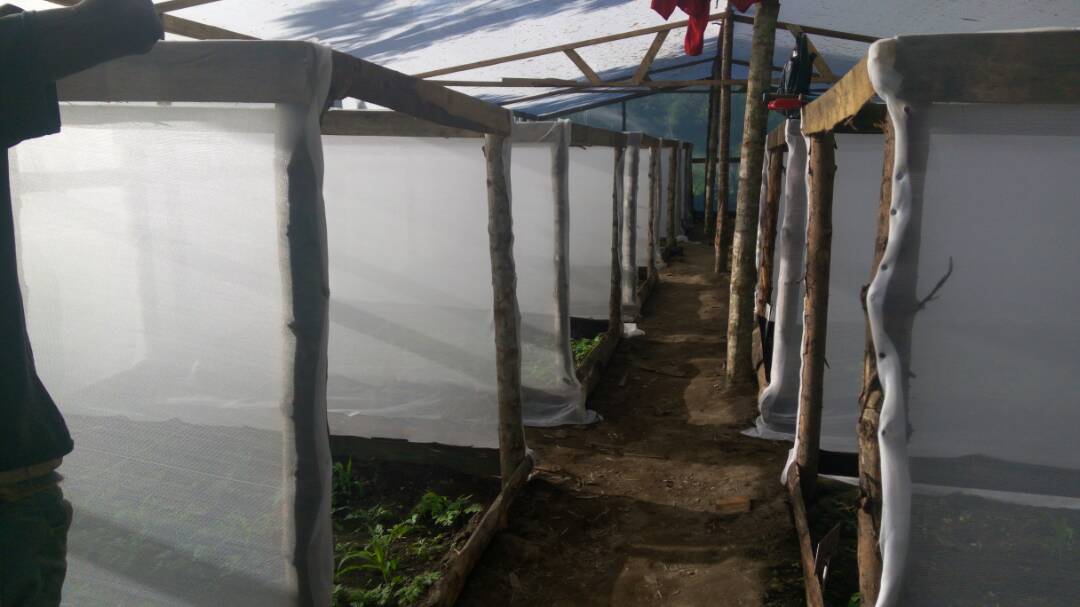
Rearing of bio-agent Zygogramma bicolorata in Tropical Pesticides Research Institute, Arusha
Project 3: Ecosystem Services Wetlands Nile
It is widely accepted that both quantity and quality of available water in rivers and wetlands is decreasing thus jeopardizing flourishing of both ecological and human systems in E. Africa. It is therefore important that the remaining water is used wisely by all groups of users by considering pressing needs. According to the Water Resources Management Act (1999) water allocation must consider first the basic human needs, followed by environmental demands and lastly other uses for example irrigation and use by factories in Tanzania. In recent times, Mara basin a transboundary ecosystem has experienced increased pressure from anthropogenic activities including over use and pollution from mining, agriculture and factories. If the current situation if left unchecked the ecosystem services provided by the basin might be put to danger. One and feasible way to rescue the situation is through Water Allocation Plan (WAP) which defines specific quantities to be distributed to different users at different times of the year to facilitate either survival or maintenance of ecological and human systems. There have been efforts by the two countries (Tanzania and Kenya) to develop WAP in the Mara basin through a project Biodiversity Conservation and Sustainable Utilization of Ecosystem Services of Wetlands of Transboundary Relevance in the Nile Basin under the support of Deutsche Gesellschaft für Internationale Zusammenarbeit GmbH (GIZ) in collaboration with Nile Basin Initiative Nile Equatorial Subsidiary Program Coordination Unit. Ecosystem Services Wetlands Nile sub project therefore contributes to larger project by determining environmental flow requirements for the lower Mara as part of the Transboundary Water Allocation Planning in the Mara River Basin. It is coordinated by IHE Delft Institute for Water Education (Netherlands) and the Department of Ecosystems and Conservation participates in undertaking vegetation studies that will inform flow requirements to keep health and well functioning riparian and wetland vegetation. The e-flows assessment will address flow requirements for rivers in the Tanzanian part of the basin as well as the Mara Wetland. Flow recommendations will be based on field measurements, numerical modeling, and expert knowledge and will be guided by clear resource quality objectives (RQO) developed with stakeholders. The resulting flow recommendations will be included in the WAP. Other partners in the project include Lake Victoria Water Basin Board, Lake Victoria Basin Commission and Sustainable Water Partnership. For more information about the project send email to Dr Samora Macrice through smacrice@sua.ac.tz or dfb@sua.ac.tz
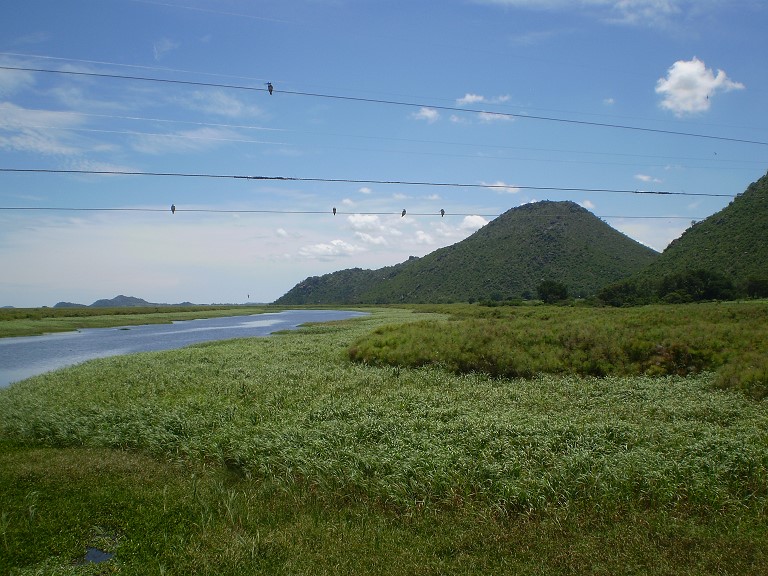
Project 4: Establishment of Village Land Forest Reserves for Biodiversity Conservation in Ludewa Forests, Tanzania
It is known that about 60% of all natural forests fall under the custodian of villages in Tanzania. Unfortunately most of these forests do not have any formal protection thus access to these forests is open. Lack of protection has caused most of these forests to be overexploited and degraded through unregulated use. Knowing this, the Department of Ecosystems and Conservation (DEC) together with the Department of Forest and Environmental Economics and the Department of Wildlife Management through A consultancy Bureau of the College of Forestry, Wildlife and Tourism at Sokoine University of Agriculture (FORCONSULT) developed a project to establish Village Land Forest Reserves (VLFRs) in Nkomang’ombe and Masimavalafu villages in Ludewa, Tanzania. These VLFRs will be owned and managed by communities under the framework of Community Based Forest Management (CBFM). CBFM has demonstrated to be appropriate governance strategy in Tanzania to protect and manage profitably and sustainably natural forests while at the same time sustaining rural incomes and local livelihoods. It is anticipated that through establishment of VLFRs and adoption of CBFM biodiversity, ecosystem functioning and health of natural forests and local livelihoods will be enhanced. To ensure objectives are realized FORCONSULT team engaged other key players including Ludewa District Council and two local NGOs (MLADEA and MISO) during project conception and write up, and are now jointly implementing successfully project activities. Major activities accomplished include forest boundary establishment and mapping, resource assessment and threats assessment. Ongoing activities include development of management plans, bylaws formulation, fire management strategies and capacity development to Village Natural Resource Committee to be equipped to lead conservation efforts. Through this project it is anticipated that threats will be reduced, biodiversity conservation improved and livelihoods enhance. This project is supported by Critical Ecosystem Partnership Fund (www.cepf.net). For more information about the project contact Dr Felister M. Mombo through fmombo@sua.ac.tz.
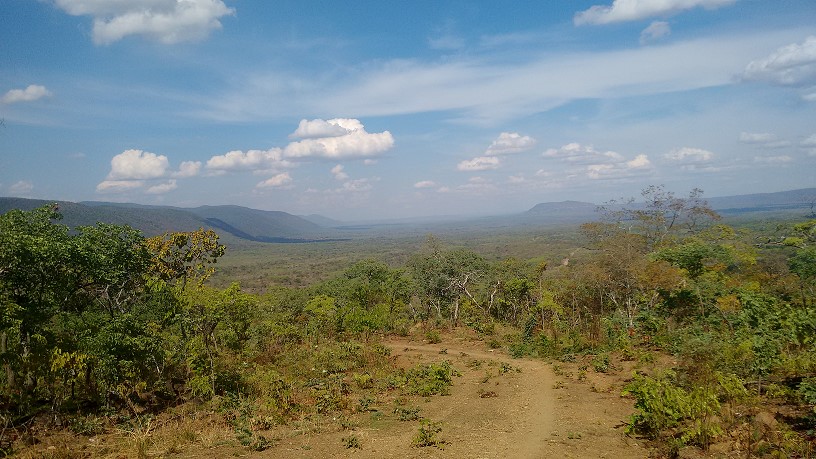
Projects 5: Modeling Fire Incidences and Impacts Assessment for Conservation of Biodiversity in Uluguru Nature Reserve, Morogoro, Tanzania
Natural forests are widely known to provide immense ecosystem goods and services. However, many natural forests like those of Uluguru Nature Reserve (UNR) in Morogoro face increasing forest degradation due to anthropogenic causes largely fire. In order to halt degradation, restore the forests, and maintain sustainable forest management it is important to establish the underlying drivers, spatial-temporal extent of burning and its impacts on to biodiversity. This kind of information would greatly help redirect and intensify anti fire efforts to efficiently target fire hotspots for improved land management and biodiversity conservation. It is also important that potential areas that could be hotspots for future fire occurrence be established. This is made possible through modeling approaches. This project therefore aims to i) identify drivers, point of ignition, frequency and extent of fire in UNR in the reserve, ii) establish trend and spatial distribution of fire, iii) generate on ground impacts of fire on the species diversity, iv) using the information collected predict future fire hotpots to help redirect fire control efforts to efficiently target those areas for fire prevention and control. To accomplish the objectives and realize the expected outcomes participatory socio-economic and ecological surveys will be conducted. Modelling will also be done using collected information from social and ecological surveys. To capture previous records on fire in and around UNR satellite images for the past 30 years will be analyzed in addition to social and ecological surveys. Some of the project results will be data on underlying drivers, frequency and impacts of fire on species composition, diversity and carbon stock. Maps on spatial distribution of fire will also be developed to assist knowing areas where fire is common and future potential fire hotspots. The project is implemented in partnership with local communities and Morogoro District Authorities and supported by Eastern Arc Mountains Conservation Endowment Fund (www.easternarc.or.tz ). For more information about the project contact Dr Charles J. Kilawe through ckilawe@sua.ac.tz .
Project 9: Baseline survey on the establishment of Bamboo Plantations in Tanzania
The current growing demand for timber and wood products has led to severe deforestation across Tanzania. As the result, the demand for forest products has been growing rapidly, creating pressure to the natural forest, leading to high shortage of forest products. The development of a sustainable supply of bamboo products has a potential to provide one such solution. As part of this, the establishment of bamboo plantation will substitute traditional timber forest products for the local and foreign markets. Currently, there is rapid increase of the foreign market demand for forest raw materials for both direct exports and indirect exports from Tanzania for products such as flooring, decking, particleboards, structural frames, pulp and paper, charcoal and pellets for more efficient and cleaner energy solutions. In Tanzania, bamboo is commonly used in both rural and urban areas for a number of subsistence applications such as handcrafts, residential fencing, wine production, furniture making and packaging materials. However, Tanzania has a huge, but unexploited potential to grow different bamboo species for industrial and other domestic uses. Bamboos are distinct and fascinating plants, with a wide range of values and uses. They play a significant role in biodiversity conservation and contribute to soil and water management. They prevent soil erosion and create an effective watershed protection by binding soil along fragile riverbanks, deforested areas and in places prone to landslides and elsewhere, different bamboo species have been very effectively used elsewhere but so far not in Tanzania, for rehabilitation and restoration of degraded landscapes. Finally, a major advantage of bamboos is the high biomass production potential to meet both local energy demands as well Carbon sequestration in global Climate change mitigation initiatives. The main objective of this project is to establish and collect baseline data and information that promote large-scale bamboo plantation establishment, sustainable bamboo wood production and related value chain markets while securing conservation of biodiversity values and enhancing community livelihoods in Tanzania. This project is supported by Tanzania Forest Fund (TFF) (www.forestfund.go.tz/). For more information about the project contact Prof. Salim Maliondo through salim.maliondo@gmail.com
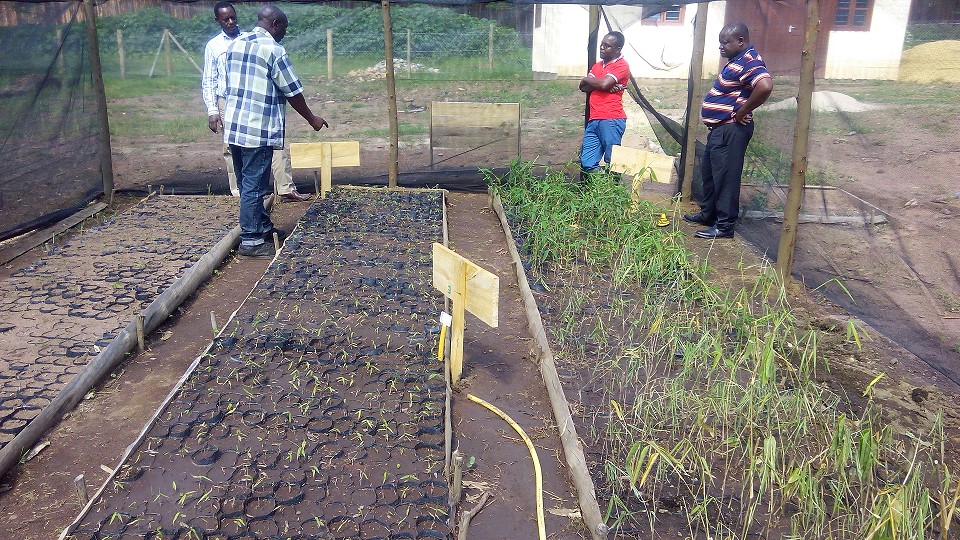
Bamboo nursery at Division two (in Irundi area) of Sao Hill Forest Plantation in Mufindi District
Project 10: Forest certification
The source of wood based supply is from government owned plantations, but its estimated to be in short supply by 2030, leading to high timber demands in Tanzania. Private sector forest-characterised by smallholder farmers have the capacity to cover the deficit, if sustainably managed. Although forest certification has proved elsewhere to ensure sustainable forest management (SFM) and improved co-benefits to wellbeing, none of the smallholders’ is certified.Lack of smallholder forest certification threaten their sustainability and jeopardise their potentials for livelihoods improvement through reliable markets. Smallholder tree growers in Mufindi district like other tree growers in Tanzania, have inadequate awareness or general knowledge on SFM practices. They also lack the financial capability and adequate knowledge on markets for their products or value addition. Recognitions and certifications processes under national and international forest certification standards, could provide premium price from their products.The aim of this project is to introduce, build capacity and raise awareness of smallholder tree growers on forest certification and access to markets in Mufindi district. This will strengthen smallholder tree growers’ awareness on current national and international sustainable forest management (SFM) practices through certification. Specifically, the project is intended to: – 1) To create awareness to smallholder tree growers’ on importance of forest certification as a means of products value additions, diversification and sustainable forest management. 2) To form smallholders tree growers’ association(s) and facilitate their legal registration 3) to link smallholder tree growers’ with reliable markets such local and international FSC-certified forest products. At the end of the project, it is expected that smallholder tree growers in Mufindi district will be identified, trained on SFM and forest certification (forest management and chain of custody). Smallholders tree growers’ association(s) will be formed and registered and smallholder tree growers’ linked with reliable markets for their certified forests products in Mufindi district. This project is supported by Tanzania Forest Fund (TaFF) (www.forestfund.go.tz/). For more information about the project contact Dr Deo D. Shirima through dshirima2@gmail.com or dshirima@sua.ac.tz.
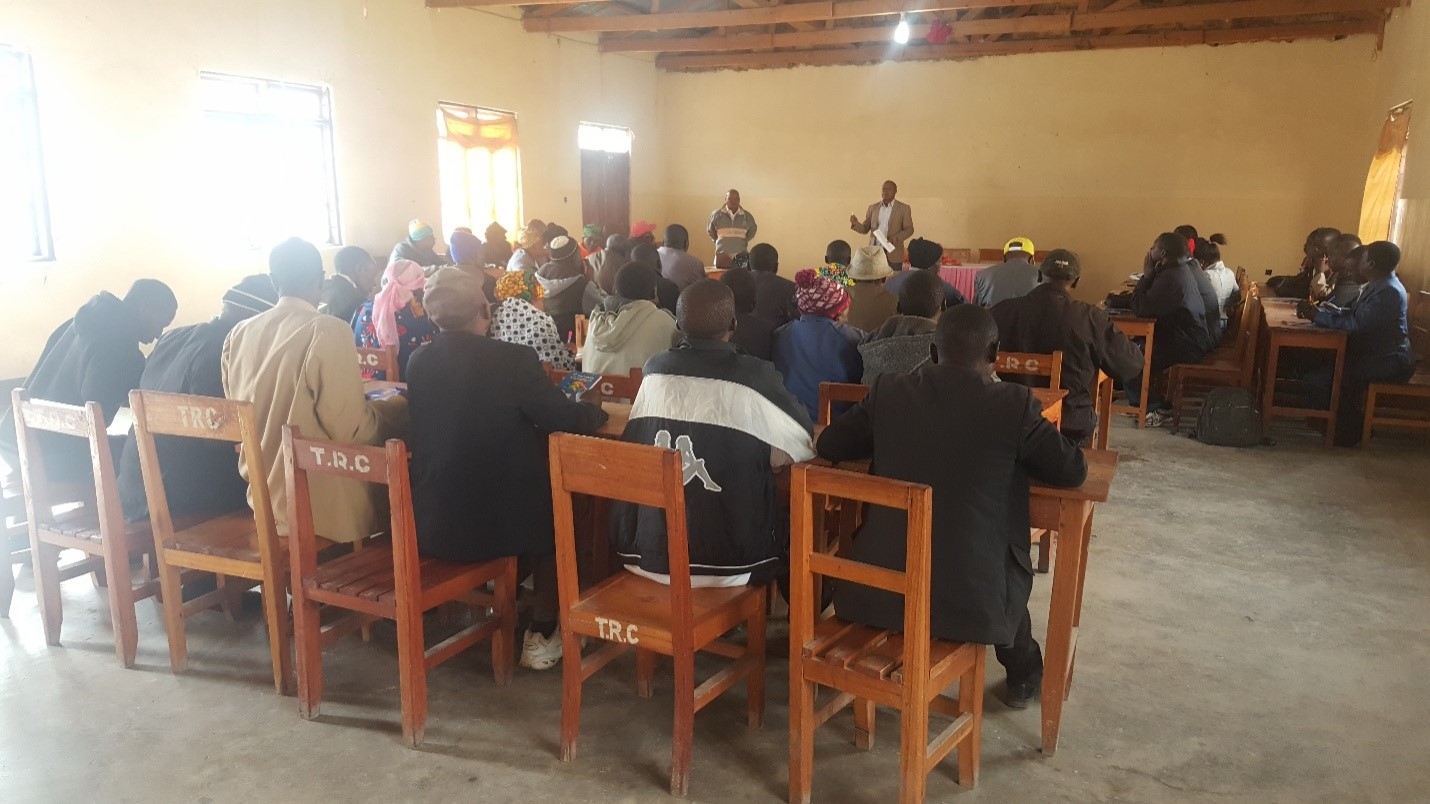
A class of tree growers-smallholder farmers receiving training on forest certification process using Forest Stewardship Council Standards (FSC standards).
For more information about these projects,
Please contact
Head of Department,
Department of Ecosystems and Conservation,
PO Box 3010, Chuo Kikuu, Morogoro, Tanzania
